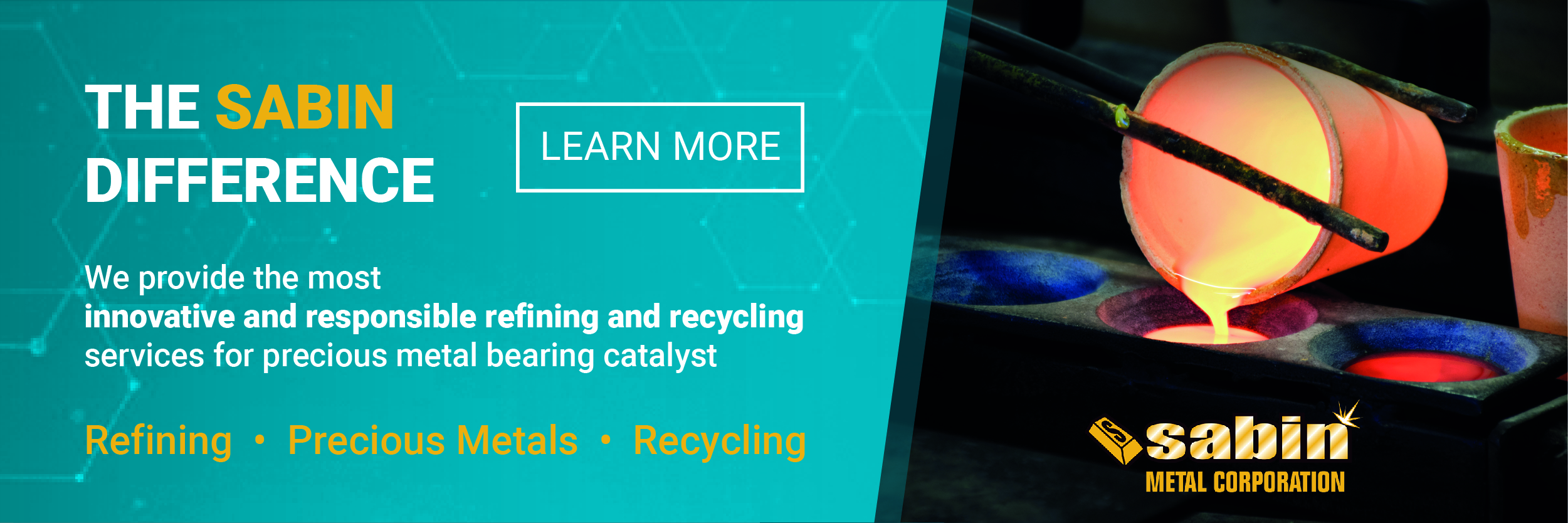Oilfield & Energies
New class of perovskites split water for energy storage 27th June 2018
Solar energy is clean and abundant, but an obstacle to its use has been efficient energy storage for later use – when the sun has stopped shining. Now, researchers from the University of Oxford in the UK think they may have found a solution, in the form of a new class of materials called halide double perovskites.
These materials could have the right properties to faciliate energy storage by photocatalysis,1 by which molecules of water are split into hydrogen and oxygen atoms. The atoms can be stored, and then recombined to release the energy. Other photocatalytic materials have been investigated in the past, but they have not demonstrated the necessary efficiency for broad commercial use.
“If we can come up with a material that can be useful as a water-splitting photocatalyst, then it would be an enormous breakthrough,” said Feliciano Giustino, a co-author on the paper, in a statement to the press.
The new halide double perovskites absorb visible light very efficiently, and they generate electrons and holes (the positively charges absence of electrons) that have sufficient energy to split water. While the researchers cannot say that the new material will definitely work on a commercial scale, the discovery shows great promise and places a new light (pun intended!) on the feasible storage of renewable energies.
- Volonakis G, Giustino F. Appl Phys Lett 2018;112: 243901 DOI: 10.1063/1.5035274


